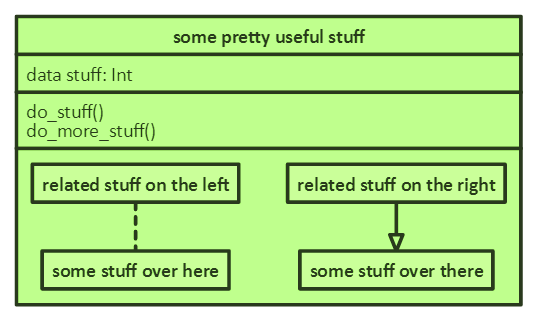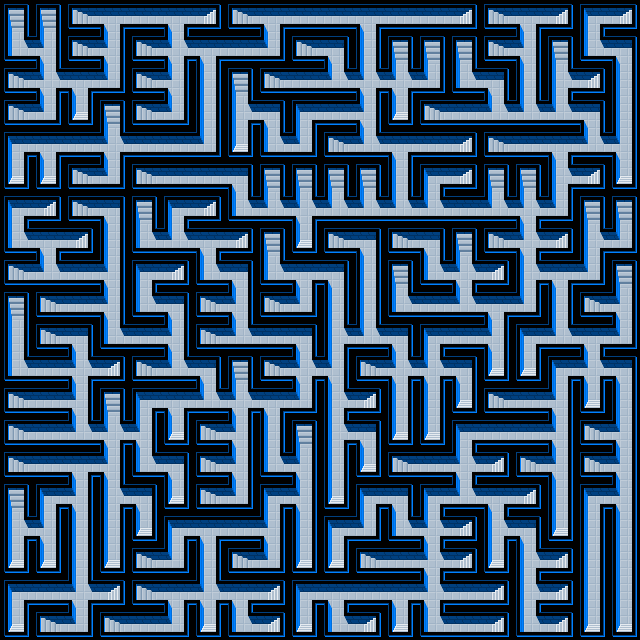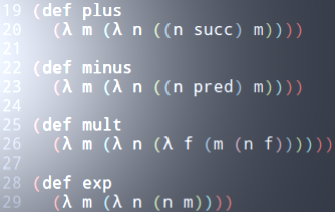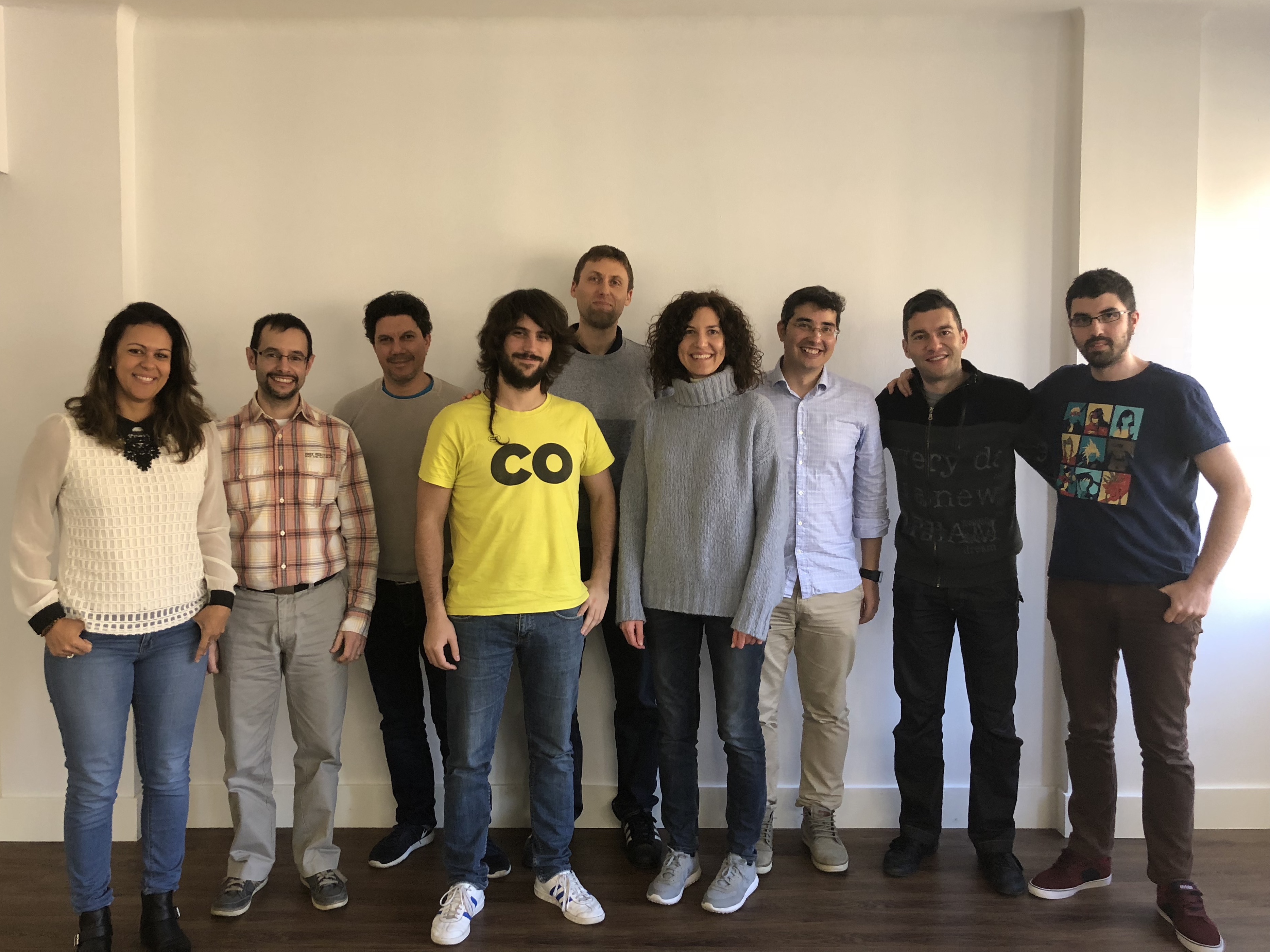CAREER OPEN HOUSE | 31st Jan, 7pm
We’re hiring Java and .NET Craftspeople in London & Barcelona. Come and meet us at our Career Open House on 31st January to learn more.
Keeping the domain in the core
- By Mashooq Badar
- Posted 10 Apr 2014
- craftsmanship ddd
Inspired by Alistair Cockburn's excellent article on Hexagonal Architecture, on our current project we have kept the core domain of our application independent of the infrastructure by taking the simple decision to divide our code into two main sections (higher level packages): infrastructure and core.
The infrastructure section depends on the core but the core knows nothing about the infrastructure - the domain is uncontaminated by infrastructure concerns.
This makes testing the application from a business perspective simpler and more efficient because the tests do not need to worry about the infrastructure. We can also write more focused integration tests for the infrastructure components by mocking out the core dependencies. Furthermore, keeping the domain free from other supporting concerns empowers the team to continuously refine and refactor their model as their understanding of the domain improves and evolves.
Considering our example of consuming from a messaging service: we need to decide whether it is a corrupt message, and for non-corrupt messages a further check is required to see if it is a duplicate, before we can deem it valid. This can be nicely divided into infrastructure and core. The following UML diagram shows the dependencies.

The JMS Message Listener is only concerned with the delivery of the message. How that message is handled, once received, is independent of the infrastructure. The Received Message in this case is an interface implemented by JMS Received Message that lives in the infrastructure package. Here we use dependency inversion to ensure that the core does not depend on the infrastructure package.
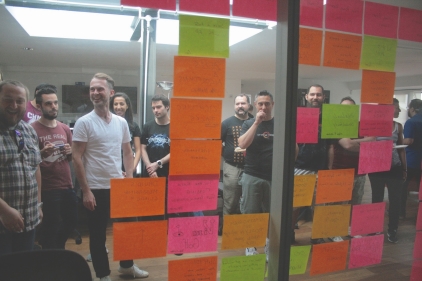
We're hiring!
Enjoying this article?
Related Blogs
Practicing Well-Crafted Design
- Sandro Mancuso
Communicating Design
- Ioan Fagarasan
Thoughts on Coupling in Software Design
- Ioan Fagarasan
Cohesion - The cornerstone of Software Design
- Sandro Mancuso
We did it wrong, but not all was in vain
- Sandro Mancuso
Premature Microservices
- Mashooq Badar
Living a Coderetreat as a facilitator
- Raquel M Carmena
Recent Blogs
Lambda Calculus in Clojure (Part 2)
- Sergio Rodrigo Royo
One Year of Codurance Barcelona
- Guillem Fernandez
Functions
- Christian Panadero Martinez
Applicative Functors and data validation, part II
- Carlos Morera de la Chica
Living a Coderetreat as a facilitator
- Raquel M Carmena
Tetris - Failed Experiment: Next Steps
- Dan Cohen

Software is our passion.
We are software craftspeople. We build well-crafted software for our clients, we help developers to get better at their craft through training, coaching and mentoring, and we help companies get better at delivering software.
Latest Blogs
One Year of Codurance Barcelona...
Functions
Useful Links
Contact Us
London EC1V 0JR
Phone: +44 207 4902967
Carrer Aragó, 208
08011, Barcelona
Phone: +34 689 723 737
Email: hello@codurance.com


